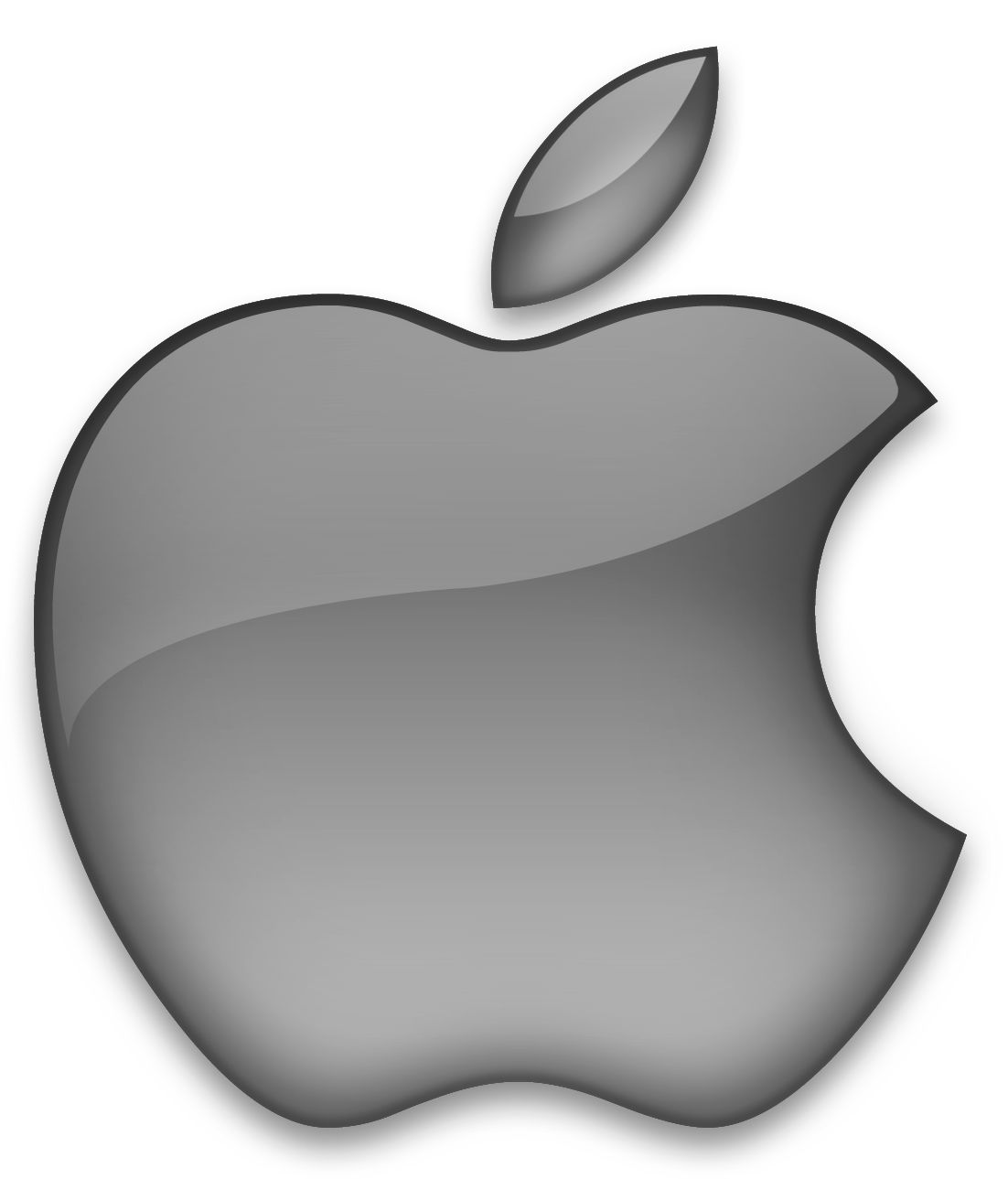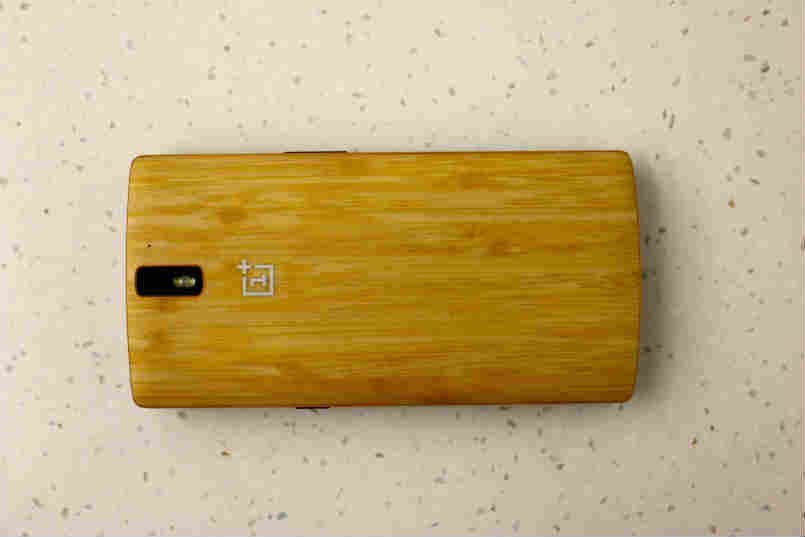 Apple’s new iPhones show how smartphone vendors are overcoming the technical hurdles that have limited roaming using LTE.
Apple’s new iPhones show how smartphone vendors are overcoming the technical hurdles that have limited roaming using LTE.
This week Apple launched the iPhone 5s and the 5c, which are compatible with “more LTE bands than any other smartphone in the world,” the company said. Depending on the model, they can handle up to 13 bands. That compares to up to five bands on the iPhone 5.
“That is significant for roaming,” said Kester Mann, principal analyst for operators at CCS Insight. “There are a lot of bands when it comes to LTE, and that has complicated the issue.”
Some important additions to the spectrum line-up include 800MHz and 2600HMz bands as well as three bands for LTE-TDD, which helps improve coverage across Europe, Latin America and Asia.
But that doesn’t mean Apple’s choice of bands is without fault. The U.S. iPhones lack support for 2600MHz, for example. The 2600MHz and 1800MHz slices of spectrum are the two most popular bands in the world. The U.S. phones also lack support for LTE-TDD. Meanwhile, the iPhone versions that will go on sale in France, Germany and the U.K. lack U.S. bands.
Also, the availability of a band does not guarantee LTE support by all carriers that use it, according to some fine print on Apple’s LTE website. LTE wireless service availability may be limited even where bands are supported, it said.
The addition of the 800MHz and 2600MHz bands, however, helps to level the smartphone playing field in Europe, according to Mann.
“That is critical in terms of the European take-up. Operators that were able to offer the iPhone 5 on the 1800MHz band had an advantage, but now the majority of European operators will have the opportunity to sell LTE subscriptions with the iPhone 5s and 5c,” Mann said.
Apple isn’t the only manufacturer that’s adding more LTE bands to mobile phones. Sony’s latest flagship — the Xperia Z1, which was announced last week — isn’t too far behind with nine bands, according to a spec sheet on the company’s U.K. website.
But for LTE roaming to work, operators will first have sign roaming deals with each other and offer services. This year has seen a handful of pioneers — including Swisscom, TeliaSonera, and Telstra — start offering their subscribers the ability to access the Internet using their LTE smartphone abroad, but only on a very limited basis.
In the U.S., Verizon Wireless has said it would start offering international roaming in the beginning of next year. Sprint and its new owner, Softbank, will sell the same models of the iPhone 5c and 5s, which makes it easier for the two to offer roaming for users travelling between the U.S, and Japan and vice versa.
For operators, offering LTE roaming comes with both potential risks and rewards. That services have been slow to materialize has more to do with commercial considerations rather than network complexities, Mark Newman, chief research officer at Informa Telecoms & Media, said earlier this year.
“Operators are concerned that if they don’t get the retail pricing structure right, LTE roaming could end up cannibalizing their revenue from voice and SMS roaming,” he said.
So far, 213 LTE networks have been commercially launched in 81 countries, including 113 networks in the past 12 months, according to the latest figures from the GSA (Global mobile Suppliers Association).





